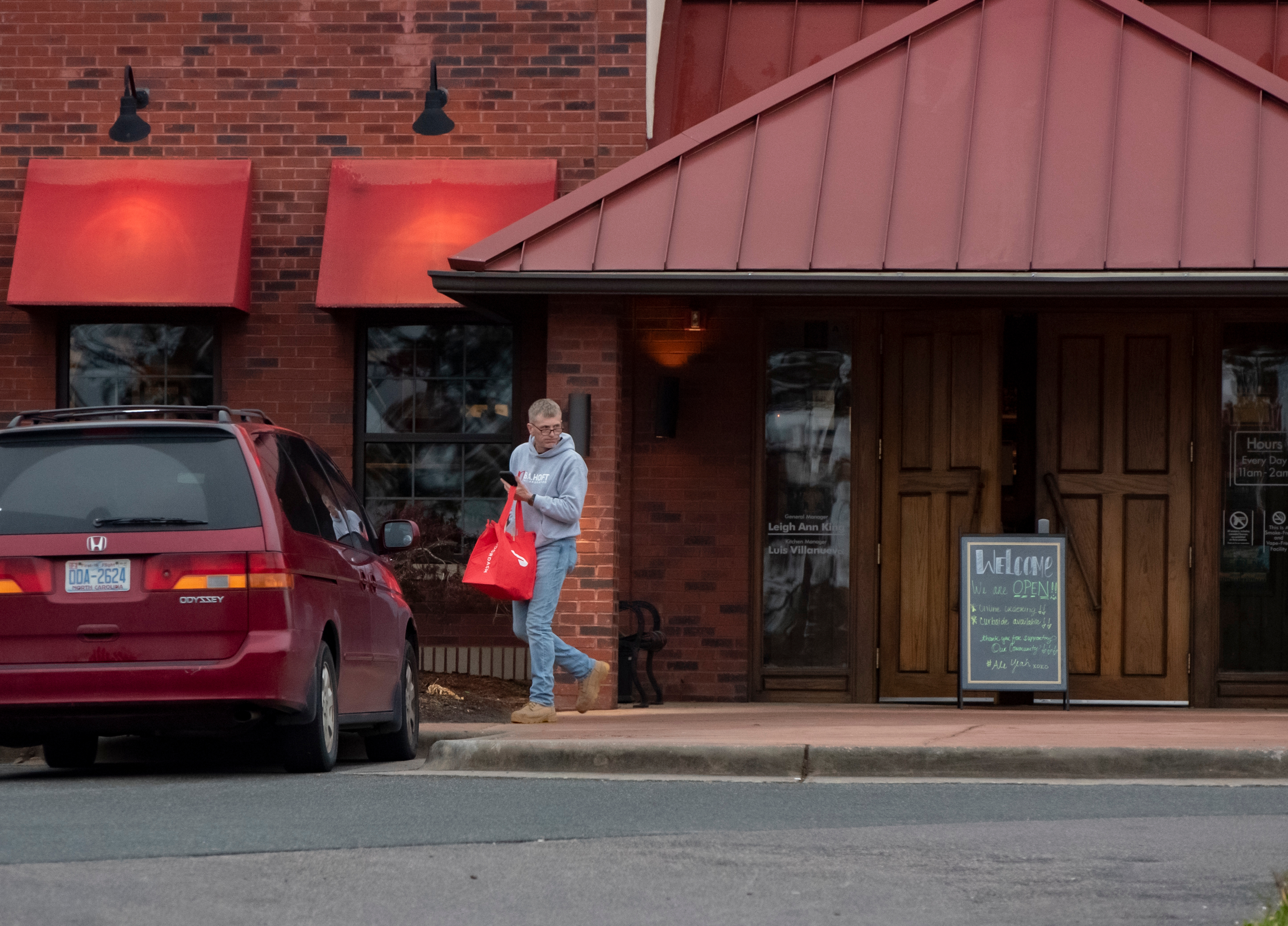DoorDash went public this week, smashing its expected market value on the heels of its first profitable quarter. The company currently owns nearly half of the US third-party delivery market, up from their one-third share only a year earlier. According to DoorDash, they claimed just 17% of US market share in 2018, but have steadily increased this to their current ~50%, which is twice that of its largest competitor, UberEats.
The pandemic has certainly accelerated this growth. From January to September of 2020, order volume increased to $16.5 billion from only $5.5 billion the previous year; revenue increased 268% year-over-year in the third quarter alone, and had increased 214% the quarter before.
So yeah, DoorDash has reason to be dancing in the streets. Yet, as some analysts are already pointing out, this surge may be short lived. Indeed, there are some inherent flaws and vulnerabilities in DoorDash’s model that leave some analysts and operators concerned. So, let’s put in the food service market research to understand the hubbub surrounding DoorDash’s valuation, the difference between sales and profitability, and the increasing threat that DoorDash will alienate its merchant partners and lose profitability.
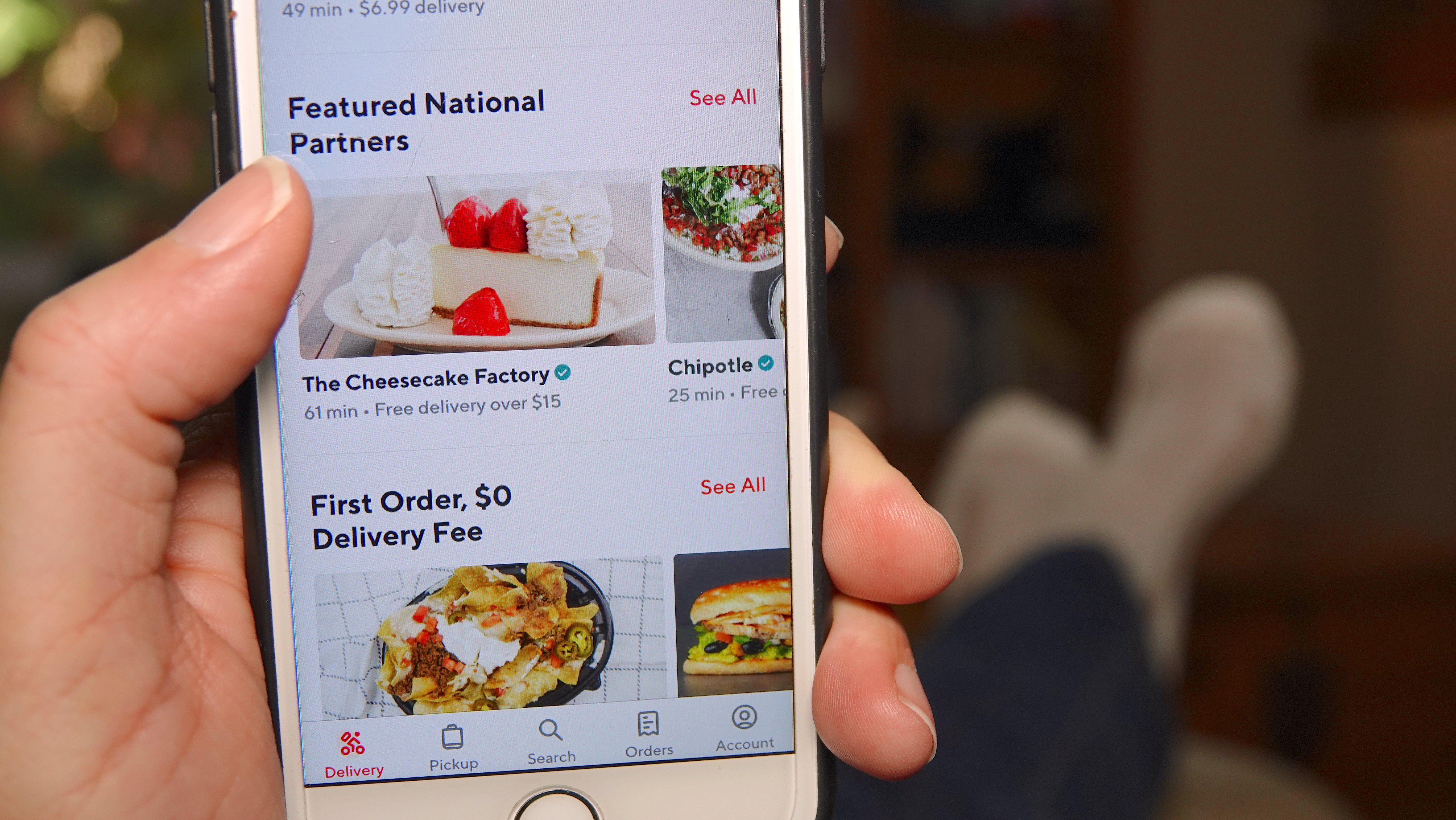
The Difference Between Sales and Profits
First, let’s be clear about what we are talking about. Yes, DoorDash managed to turn a profit on their average order this quarter for the first time in the company’s history. Revenue and orders have both tripled over this year, which makes it seem, on the surface at least, that the pandemic was key to DoorDash’s sudden profitability. But this is not entirely accurate.
Increased orders and revenue do not translate into increased profits if the margins don’t work, and the margins, across the entire third-party delivery industry, have never added up. We’ve written about this extensively, arguing that it will take advanced algorithms and self-driving cars to make third-party delivery profitable, and venture capital and wishful thinking will have to suffice until then. Yet, with its profitable quarter and thunderous IPO, DoorDash appears to have solved this issue.
Instead, what we believe has nudged DoorDash into profitability this quarter, just as it prepared for its IPO, is its focus on the suburbs, where the margins are quite simply better than in urban centers. A pandemic-driven, suburban ordering surge has fueled this profitability, but it is only sustainable if DoorDash continues its suburban dominance and maintains its merchants (more on both later).
How DoorDash Increased Sales and Revenue: The Burbs
Over the last several years, DoorDash has emphasized growth in the suburbs, where they now enjoy a commanding 58% market share. Their drive to dominate third-party delivery in the suburbs has gone from prudent--many urban markets were already saturated by competitors, namely GrubHub--to downright prescient, as suburban delivery demand has skyrocketed during the pandemic, and they now offer better coverage in these communities than any of their competitors.
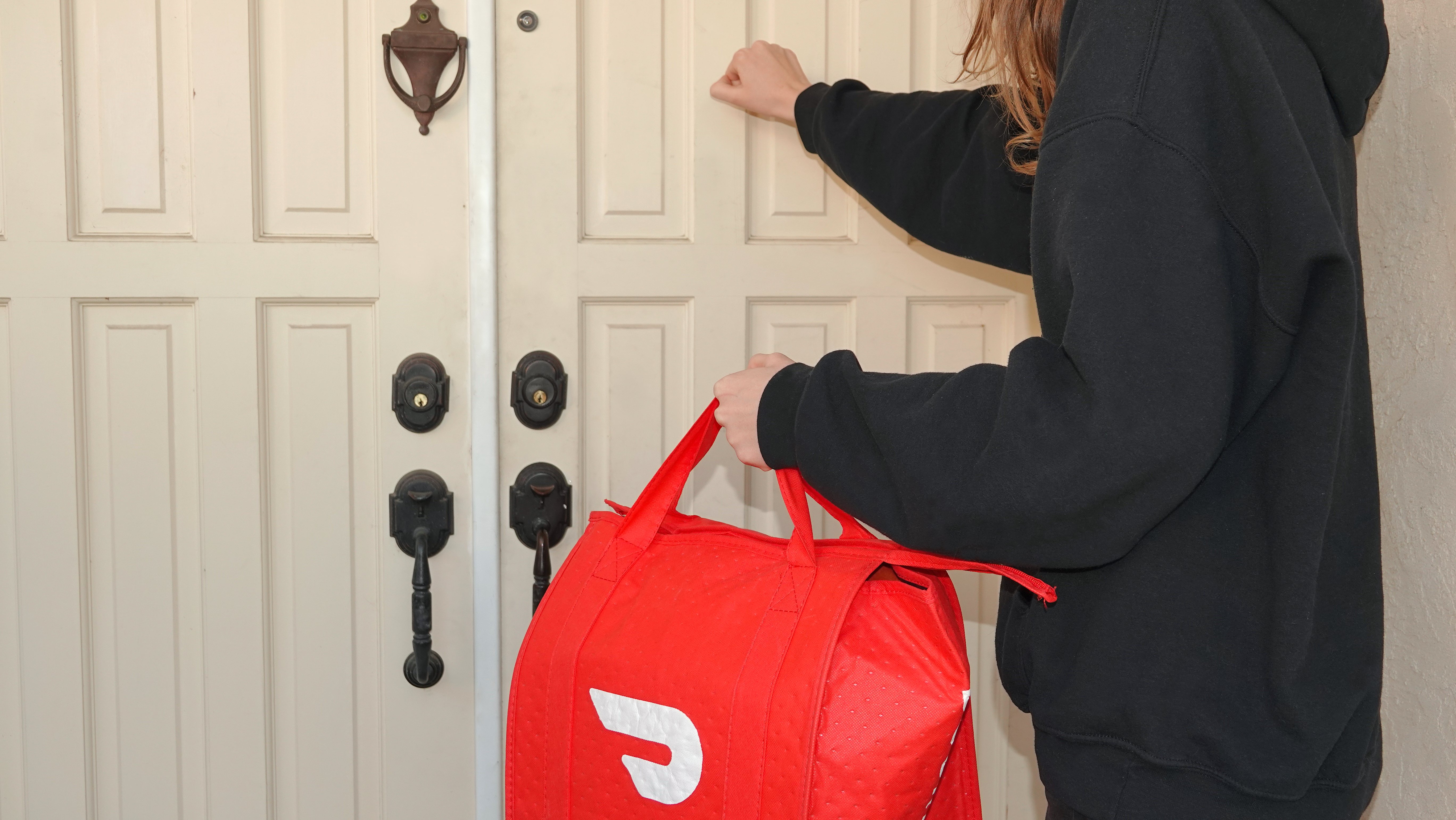
The advantages of their focus on suburban delivery should have seemed obvious to all of us a few years ago but, to its credit, DoorDash was ahead of the game. Consider the virtues of suburban relative to urban delivery:
- Suburban orders are generally larger because people are feeding entire families. This is distinct from urban orders, which often feed only one to two people. This corresponds to a higher check total, meaning DoorDash, with its notorious ~30% commission, stands to make more money per order in the suburbs.
- Relative to cities, traffic in the suburbs is lighter and parking is easier, meaning that, though there are often greater distances between suburban delivery and order points, delivery time and gas consumption are both less.
- Drivers who live in the suburbs have a lower cost of living relative to city residents, meaning their margins are greater.
- There are relatively fewer delivery options from restaurants in the suburbs, with very few restaurants operating their own native delivery system. This means that demand in the suburbs for DoorDash’s services is greater than it would be in the city.
Now, in the pandemic, suburbanites rely on DoorDash more so than ever before--if you cannot bring them to AppleBees, you must bring AppleBees to them. Whereas family meals used to take place in restaurants after social events like church and little league, they now require a third-party delivery service, and by laying the groundwork in the suburbs before the pandemic began, DoorDash is all too ready and happy to oblige.
Being the Middleman is Great Until People Start Going Around You
None of this matters if DoorDash begins to lose merchants. Indeed, DoorDash makes its money by being the middleman, connecting customers to a bevy of merchants, but that middleman is nowhere near as useful if their stable of merchants begins to dwindle. They currently boast over 390,000 restaurants on their platform, more than any of their competitors, and they understand that growing or at least maintaining this differentiator is a key to their future profitability.
The pandemic has certainly helped them with this. Restaurants have come to rely on third-party delivery’s ability to drive customers to the restaurant and then drive the restaurant's products to the customers. Independent, upscale local restaurants in particular have come to rely on the service as they lacked any homegrown online or delivery apparatus.
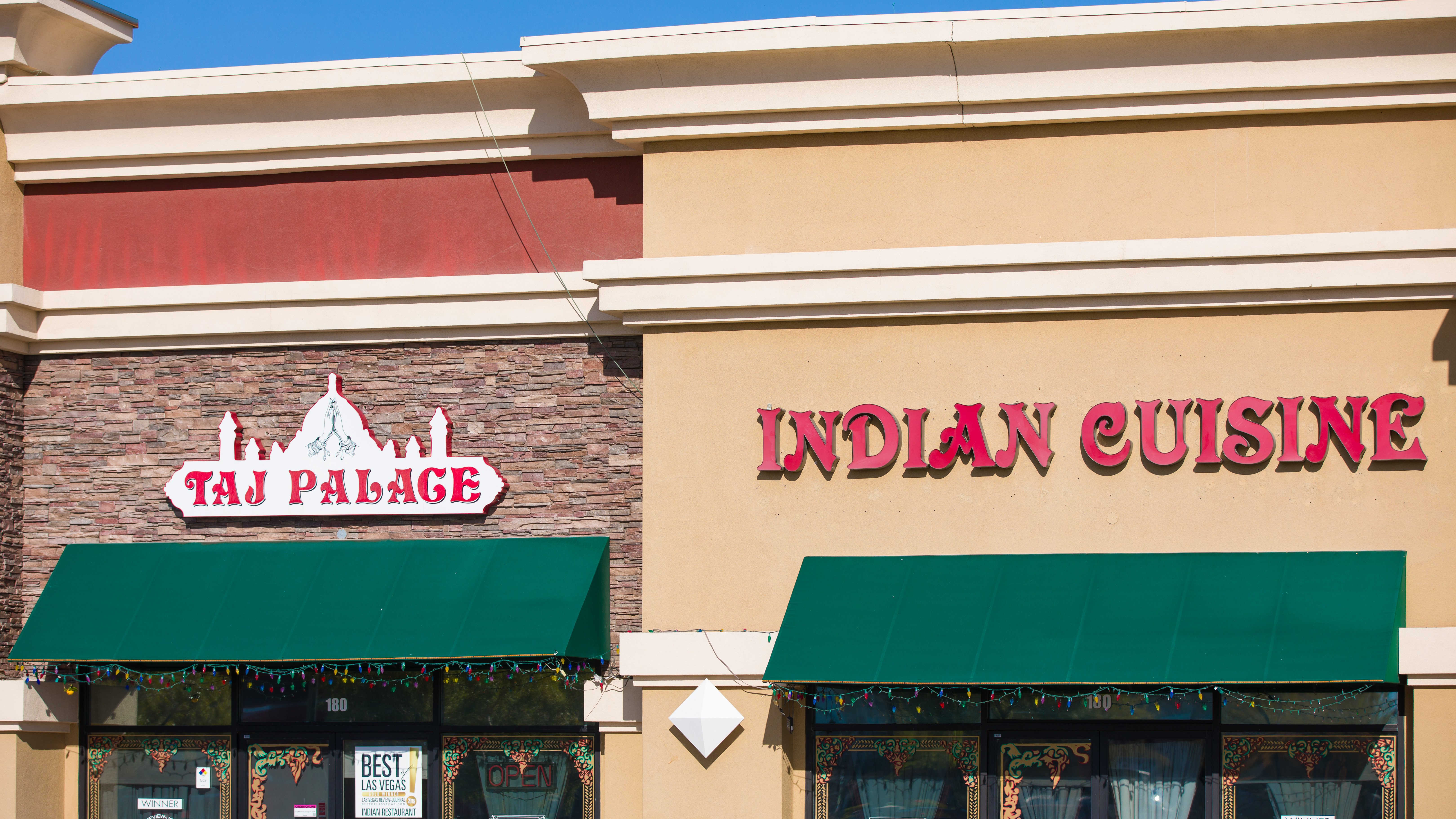
This is an image DoorDash likes to lean into, that of the tech savior keeping struggling restaurants afloat through the pandemic: “Helping brick-and-mortar businesses compete, succeed, and flourish in these rapidly changing times is the core problem we are trying to solve,” they announced in their prospectus.
But despite this public image, DoorDash has long inspired the ire of the merchants on its platform, most notably due to the very high commissions they charge. Merchants abandoning the platform--whether in favor of a DoorDash competitor like UberEats, an app like ChowNow that is neither commission nor delivery based, or for their own direct-to-customer options-- are all clear threats to DoorDash’s bottom line. In order to maintain their increasingly unhappy merchants, DoorDash would have to lower its commissions, which would in turn lower its profitability and give Wall Street a giant scare just as the company goes public.
For restaurants exploring their own delivery options and thus avoiding DoorDash’s ~30% fee, there is a crop of apps that help independent restaurants find and manage business. For example, for $99/month, ChowNow gives restaurants the technology to take online orders, upload a menu, offer customer support, develop their own mobile app, and marshal purchase data to fine-tune marketing campaigns. This is all in addition, of course, to the traffic an app like ChowNow can drive to a relatively unknown business just by virtue of being on its platform.
Even more interestingly, ChowNow integrates with DoorDash and nearly every competitor in a particular location, meaning that operators can choose which service to use to fulfill delivery orders based on cost and margin.
Ilir Sela, CEO of Slice, a service similar to ChowNow for independent pizzerias, believes the direct-to-customer threat is all too real: “In the next two to four years, there will be a massive movement of restaurants going direct to consumer.” Platforms like ChowNow and Slice are helping them do just that.
Market Research: Customers Love the Service But Are Not Loyal to the Brand
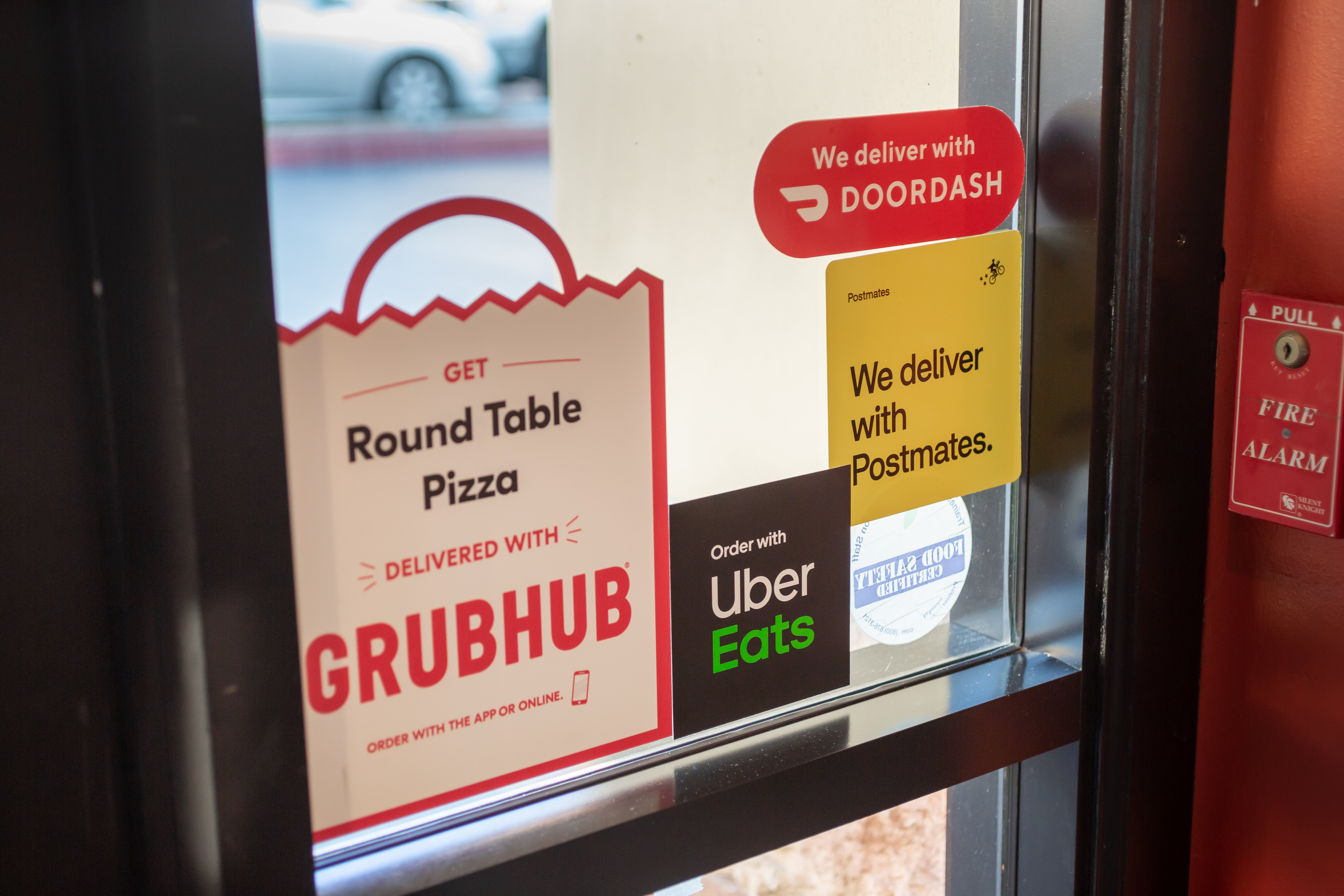
This is particularly worrisome for DoorDash because, while customers love the service they provide, they are not loyal to the brand. If there were cheaper, faster, or more comprehensive offers available, customers would likely take them. Thus, while DoorDash’s profits are up, there are some concerning numbers embedded in there: Notably, Doordash has seen a 10% decline in customers who use the app exclusively, down to 53% from 63% this time last year.
As delivery becomes more widely available and people become more accustomed to navigating multiple apps, this number will continue to decrease. Consider my mother who was DoorDash loyal for the first several months of the pandemic for one simple reason: It was the first app she downloaded and felt familiar with it. But, one day, she found her favorite sandwich shop was no longer on the platform, downloaded GrubHub, and now alternates between several delivery apps based on what she wants to eat and what promotions are available.
Now more than ever, DoorDash has to demonstrate its long-term profitability, that this quarter's numbers weren’t what most people think they were (a fluke) and that it will not hemorrhage merchants who balk at the costs once the company goes public.
As New Constructs, a financial analysis firm, recently wrote, “You don’t have to be a business expert to understand that businesses without differentiated offerings struggle to charge prices above the cost of the service. In other words, they never turn a profit.”
Restaurants fortunate enough to survive the pandemic must put in the food service market research to understand what role DoorDash will play in their future off-premise enterprises. Times are tough, no doubt, but restaurants looking to unhook themselves from DoorDash and other third-party delivery services will have more options moving forward.
